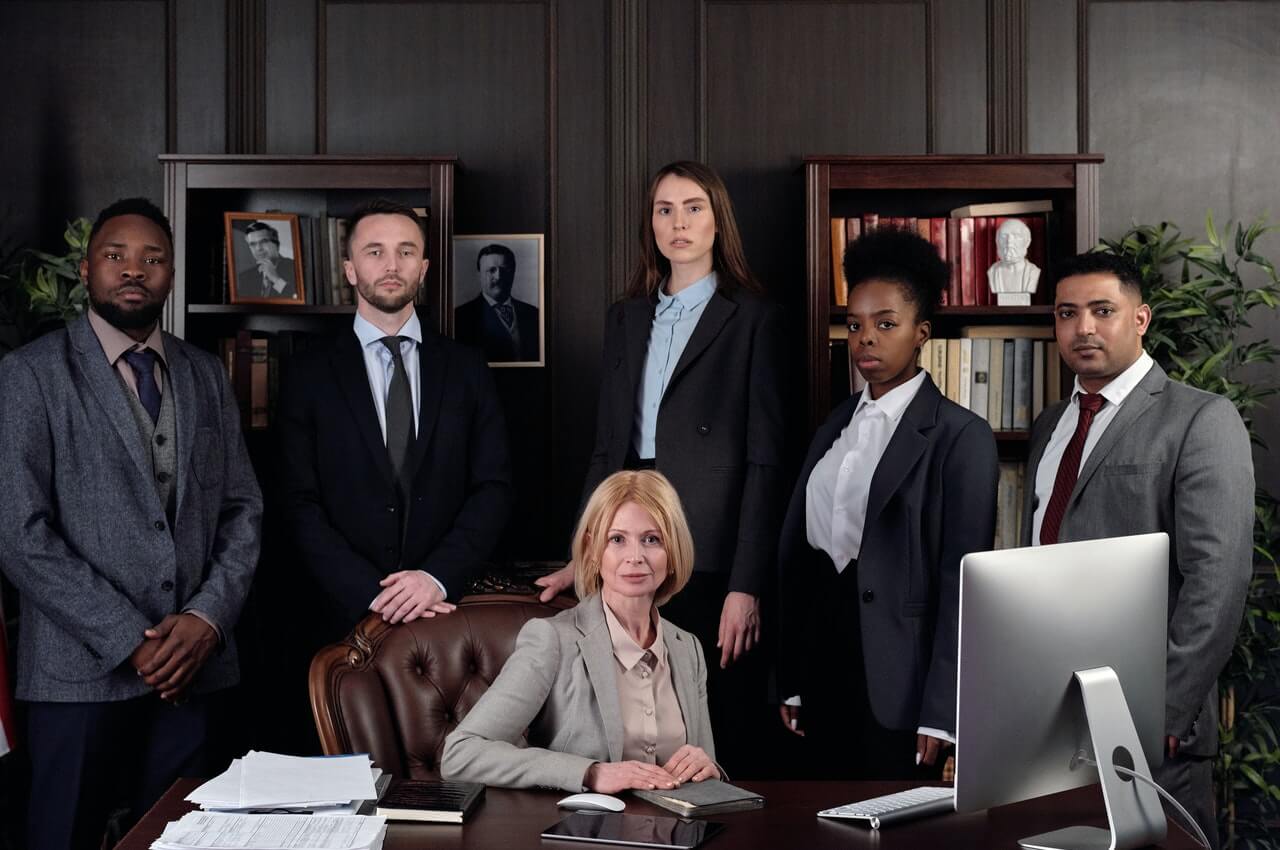We want to change people’s minds, influence their attitudes, and pass on some new ideas. Is it even possible to train someone to be more creative? Are we talking about minds in general. Or, vision? We are all creative in our own way. Generally if you look at programs that seek to train leaders, they …
Human Resources/
Training & Development
After the proper learner preparation has taken place and connections have been built with the learners, the facilitator(s)' role is to deliver the information. It is important to remember in learner-centered training that delivery should be about the learner and their learning of the material. When preparing for this phase, many facilitators, trainers or presenters spend the majority of their time on delivery of content (the presentation of material) within their control ignoring that the leaner is the most important component of this preparation. In many cases, the training is occurring to provide knowledge, skills and abilities that will help the learner achieve the company objectives. The ultimate goal of the training is most likely is to initiate a change in behavior. Since the learner is the only who can control the behavior change, focusing the delivery on the learner is essential is achieving this goal.
Based on a comment by Barbara Kite, an acting and public speaking coach (and a respected colleague), I am encouraged to write an article on the importance of practice. She has been very influential in how I look at acting, coaching, and, of course, training. Her views, like mine, come from a link between acting …
…and that’s the easy part. Serving customers is what we all do. We know that. It’s just that sometimes our employees don’t seem to care about anything but their own little comfortable box they made for themselves. Now, the truth is that they may care; they just don’t know what to do to make it …
The first step in creating workplace training and learning events is preparation. This may seem obvious, but this step is specific to learner preparation not facilitator preparation. Learner preparation requires the facilitator to take planned steps that will help the learning build connections with the topic, with their goals for the learning, with the other participants and with the learning outcomes. This stage of the training should occur even before the day training starts if possible. If not possible, it should occur from the very first moment.
It’s definitely who we are on this site: trainers and developers–or should we say development managers or counselors, or guidance counselors, leadership directors? I admit we don’t hear those terms often in business (depending on our business, of course), but we could very easily hear them in another context or organization that has the same …
In my organization it was decided we had depended on technology and already available computer training too long. The leadership and management had to admit that there were knowledge gaps in our workforce. People with valuable corporate knowledge were leaving or retiring who we couldn’t replace for budget reasons, but we still needed to get …







